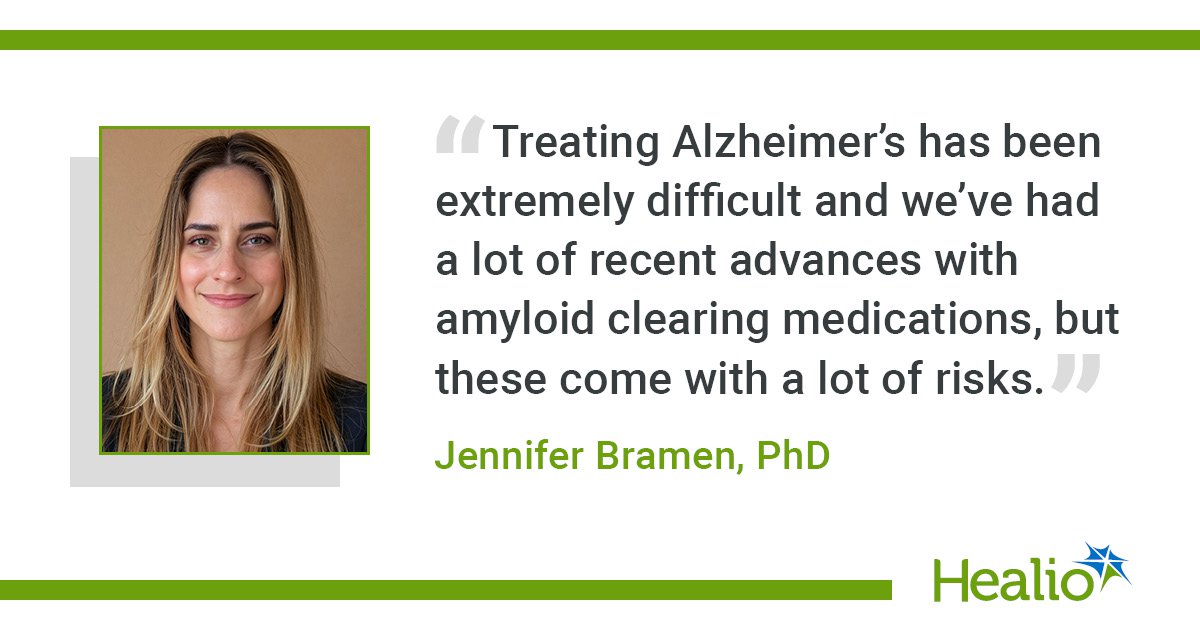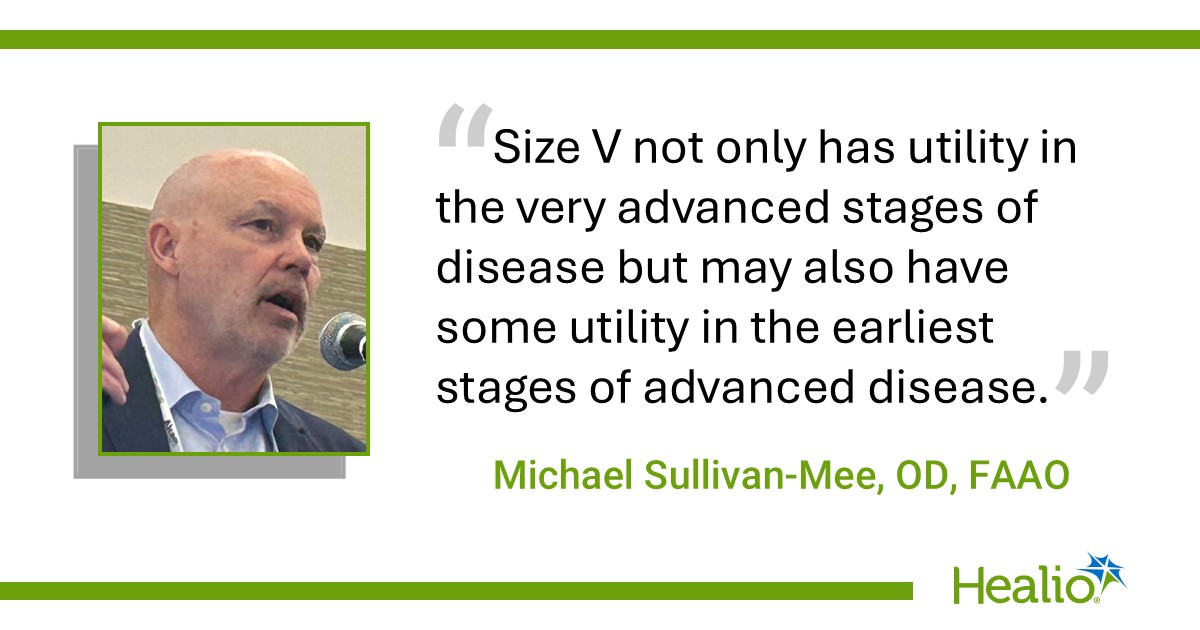August 14, 2025
2 min read
Key takeaways:
- Active intervention correlated to better cerebral blood flow in areas of memory, executive function and language.
- Higher adherence also led to better scores on a diabetes risk assessment tool.
Higher adherence to a lifestyle intervention for older adults in early-stage Alzheimer’s disease led to improved neurological outcomes and indicated a reduced risk for diabetes, according to a presenter.
“Treating Alzheimer’s has been extremely difficult, and we’ve had a lot of recent advances with amyloid clearing medications, but these come with a lot of risks,” Jennifer Bramen, PhD, director of neuroimaging research core at the Pacific Neuroscience Institute, said at the Alzheimer’s Association International Conference. “Also, there are a lot of people with comorbid health problems, and they might have significant side effects.”

For this reason, Bramen continued, research into non-pharmacologic Alzheimer’s disease modification is paramount as it can be applied to all patients with the condition.
Bramen and colleagues conducted the PREVENTION clinical trial, in which 61 individuals (mean age 73.4 years; 45.9% women) were randomized on a 1:1 basis to receive one of two methods of lifestyle interventions.
In the first group, participants received data-driven recommendations, full lab workups along with four doctor visits for lab review, and supplemental recommendations over 1 year. The second group, called the active group, received all of the previous plus what Bramen called “wraparound support,” which included cognitive exercise via the BrainHQ test, as well as health, nutrition and fitness coaching with 33 sessions of a group exercise class.
“What’s interesting about it is that it’s cognitively stimulating itself,” Bramen said. “They actually move their body in a way to answer cognitive challenges during the entire class.”
Additionally, those in the active intervention were asked to adhere to and track a modified MIND diet including particular attention to carbohydrate restrictions to assess risk for diabetes. Health coaches in the active arm looked at participants’ weight, BMI, blood sugar, A1C and lipid levels and examined physical activity with Fitbits.
“They also asked what they were doing out in the community,” Bramen said regarding the depth and breadth of the coaching inquiries. “They talked to them about their sleep, their sleep quality, stress management, social engagement.”
Bramen and colleagues performed a mid-trial analysis with the hypothesis that participants in the active intervention would demonstrate better cerebral blood flow, while diabetic risk was tracked by scores on the Quantitative Insulin Sensitivity Check Index (QUICKI) test.
Adherence was measured by the seven-point Clinician Rating Scale, with higher scores indicating greater participation, while blood flow was assessed with arterial spin labeling, a non-contrast MRI measurement.
According to results, those in the active group demonstrated greater cerebral blood flow compared with the regular intervention in regions responsible for memory (hippocampus), executive function (prefrontal cortex), emotion (amygdala) and language processing (frontal lobe) at 1 year.
Similarly, researchers observed a strong correlation between intervention adherence and cerebral blood flow compared among study groups.
Bramen also stated that the intervention did not make signs and symptoms of early AD worse for either group, as observed via MRI-based imaging.
Regarding insulin sensitivity, data showed no significant effect of randomization. However, when controlling for treatment, adherence, age and time, a significant effect was observed (P = 0.02) between groups when analyzing for level of adherence.
“If anything, I think that these results are more spectacular qualitatively,” Bramen said
“Those who had high adherence had a significant improvement in QUICKI. Those who did not, did not.”
For more information:
Jennifer Bramen, PhD, can be reached at jbramen@pacificneuro.org or on LinkedIn here.









